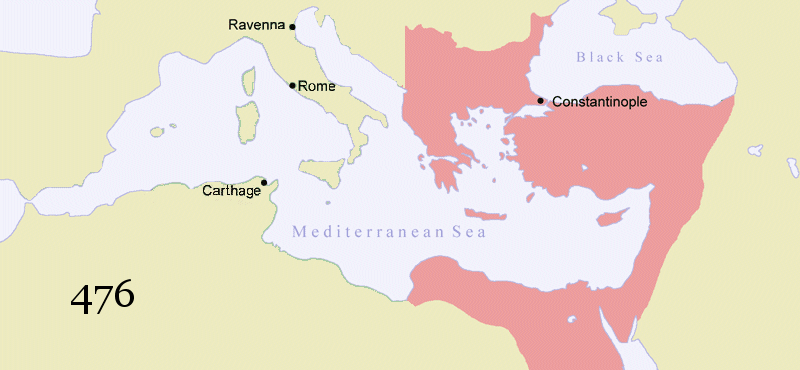Population of the Byzantine Empire
- Population of the Byzantine Empire

thumb|400px|The Byzantine Empire may have had a population of over 30 million at its height.After the reign of Emperor Heraclius and the loss of all of its overseas borders, Byzantine territories were pretty much limited to the Balkans and Anatolia. When Byzantium began to recover after a series of conflicts in the 8th century and its territories stabilized, its population began to recover. By the end of the 8th century there were 7,000,000 Byzantines, a figure that climbed to 12,000,000 people by 1025.[W. Treadgold, "A History of the Byzantine State and Society", 570] The numbers began falling steadily to 9,000,000 people at 1204 and even lower to 5,000,000 people at 1281 with the arrival of the Turks.][W. Treadgold, "A History of the Byzantine State and Society", 700] ]
References
Bibliography
* Angeliki E. Laiou, "The Economic History of Byzantium", 2002.
* Warren Treadgold, "History of the Byzantine State and Society", 1999
* Mcevedy and Jones, "Atlas of world population history", 1978
Wikimedia Foundation.
2010.
Look at other dictionaries:
The Byzantine Empire — The Byzantine Empire † Catholic Encyclopedia ► The Byzantine Empire The ancient Roman Empire having been divided into two parts, an Eastern and a Western, the Eastern remained subject to successors of Constantine, whose capital was at … Catholic encyclopedia
Outline of the Byzantine Empire — See also: Index of Byzantine Empire related articles The following outline is provided as an overview of and topical guide to the Byzantine Empire: Contents 1 Nature of the Byzantine Empire 2 Geography of the Byzantine Empire 3 Government and pol … Wikipedia
Bulgarian uprising against the Byzantine Empire (1040–1041) — The Uprising of Petar Delyan ( bg. Въстанието на Петър Делян) (1040 1041) was a major Bulgarian rebellion against the Byzantine Empire. It was the largest and best organised attempt to be restored the Bulgarian Empire till the rebellion of Ivan… … Wikipedia
Byzantine Empire — This article is about the medieval Roman empire. For other uses, see Byzantine (disambiguation). Roman Empire Βασιλεία Ῥωμαίων, Ῥωμανία Basileia Rhōmaiōn, Rhōmanía Imperium Romanum, Romania … Wikipedia
Byzantine Empire — the Eastern Roman Empire after the fall of the Western Empire in A.D. 476. Cap.: Constantinople. * * * Empire, southeastern and southern Europe and western Asia. It began as the city of Byzantium, which had grown from an ancient Greek colony… … Universalium
BYZANTINE EMPIRE — Jewish communities existed in the Byzantine Empire throughout its history, from the foundation of constantinople in 330 to the Ottoman conquest of the city in 1453. The centers of Jewish population and the status of the Jews there underwent… … Encyclopedia of Judaism
Rise of the Ottoman Empire — History of the Ottoman Empire This article is part of a series Foundation (1299–1402) … Wikipedia
Society of the Mongol Empire — The expansion of the Mongol Empire over time. Main article: Mongol Empire Contents 1 Food in the Mongol Empire … Wikipedia
List of Byzantine Empire-related topics — NOTOC This is a list of people, places, things, and concepts related to or originating from the Byzantine Empire. Feel free to add more, and create missing pages.AAachen Cathedral, Acacius of Constantinople, Academy, Aegean Sea, Aegyptus (Roman… … Wikipedia
State church of the Roman Empire — Bust of Emperor Constantine at the Capitoline Museums. Constantine established imperial involvement in the Church. The state church of the Roman Empire was a Christian institution organized within the Roman Empire during the … Wikipedia

